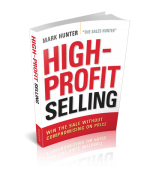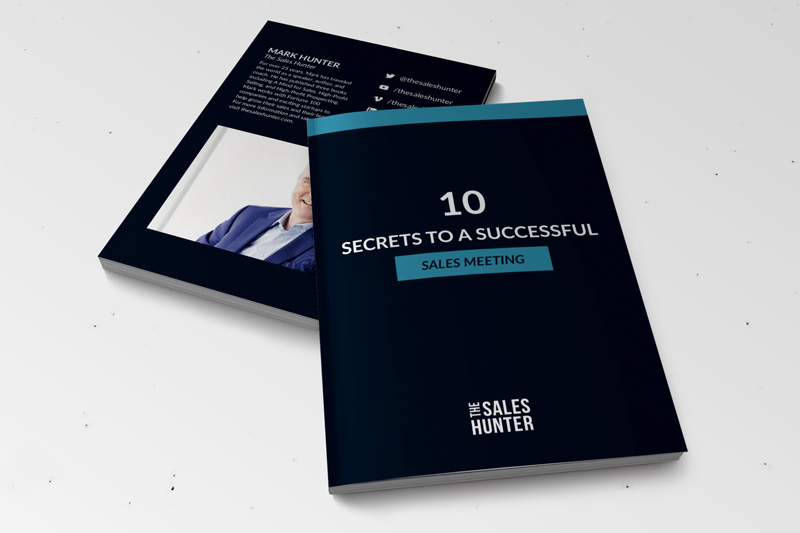 At the start of the year, I challenged you to focus your time by minimizing the amount of time spent on prospects that ultimately go nowhere.
At the start of the year, I challenged you to focus your time by minimizing the amount of time spent on prospects that ultimately go nowhere.
We’re now into the 2nd quarter of the year, and it’s time to do an assessment.
Below is what I wrote on this important goal in January of this year:
My best sales advice for 2016 is to “spend more time on fewer prospects/customers.”
Take a moment to read it again and then ask yourself who are your current customers that you need to drop?
Who are the prospects you’ve been chasing that simply are not going anywhere? Don’t kid yourself. Get serious by asking earlier in the prospecting phase the tough questions to separate the prospects from suspects.
Every customer, every prospect and every lead has more options than ever with regard to who to buy from.
What this means if you expect to be successful is you need to be able to create a level of distinction so your customers can see and achieve things they didn’t think were possible.
The only way to achieve this is by treating your time as your most valuable asset. Spending time with low-value prospects is only going to do one thing: Take away from you time you need to spend with high-value prospects and customers.
We all know the “80/20 rule” that says 80% of your business comes from 20% of your customers. Sadly, too many salespeople spend too much time on the wrong customers.
Focus your time on the prospects and customers with the highest potential. Yes, this means being judicious with your time. This also means firing some of your low-revenue customers.
Yes, fire them! You don’t have time to deal with them, because each minute you spend with a low-revenue or low-profit customer is a minute you’re not spending on a high-value customer.
If anyone thinks they have enough time to spend on every single prospect that comes their way, regardless of how small they might be, they’re only kidding themselves. If you want to never be more than marginally successful, go ahead and take that approach. Your competitors will thank you for allowing them to have all of the big accounts.
Ask yourself each day what you’re going to do today to be seen by your high-value customers as an asset they can’t live without. Your biggest accounts must be the central activity each day, each week, each month.
The number one reason we don’t spend more time with the biggest opportunities is due to thinking we have to take care of everything else first. Before long, “everything else” becomes the daily norm. Your biggest accounts will allow you to make your number far faster than chasing a hundred little accounts.
Your biggest accounts will generate more long-term profit for your company than the annual churn of a hundred little accounts.
In the end, your ability to spend more time with fewer, better prospects and customers is going to come down to doing one thing: Saying “no” far more often than you have in the past. Saying “no” will allow you to have more time to say “yes” to the big opportunities.
Watch for my new book, “High-Profit Prospecting,” coming out this September. In the book, I’ll provide you with proven strategies to help you prospect more effectively.
Copyright 2016, Mark Hunter “The Sales Hunter.” Sales Motivation Blog. Mark Hunter is the author of High-Profit Selling: Win the Sale Without Compromising on Price.
















One Response
Totally agree Mark,
in my B2B selling days I always made sure my existing business was secure before chasing new prospects.
And I paid attention to my gut as to whether a prospect was really interested. I used to get into debates with sales managers about why i had not been to see X and my typical answer was because I had been landing new sales with A and B because they are buyers whereas X is not interested. My sales mangers would say it’s you job to get X interested. My reply would be “No, my job is to exceed budgeted profit, and I ALWAYS DO and one of the reasons is I’m good at picking winners.”